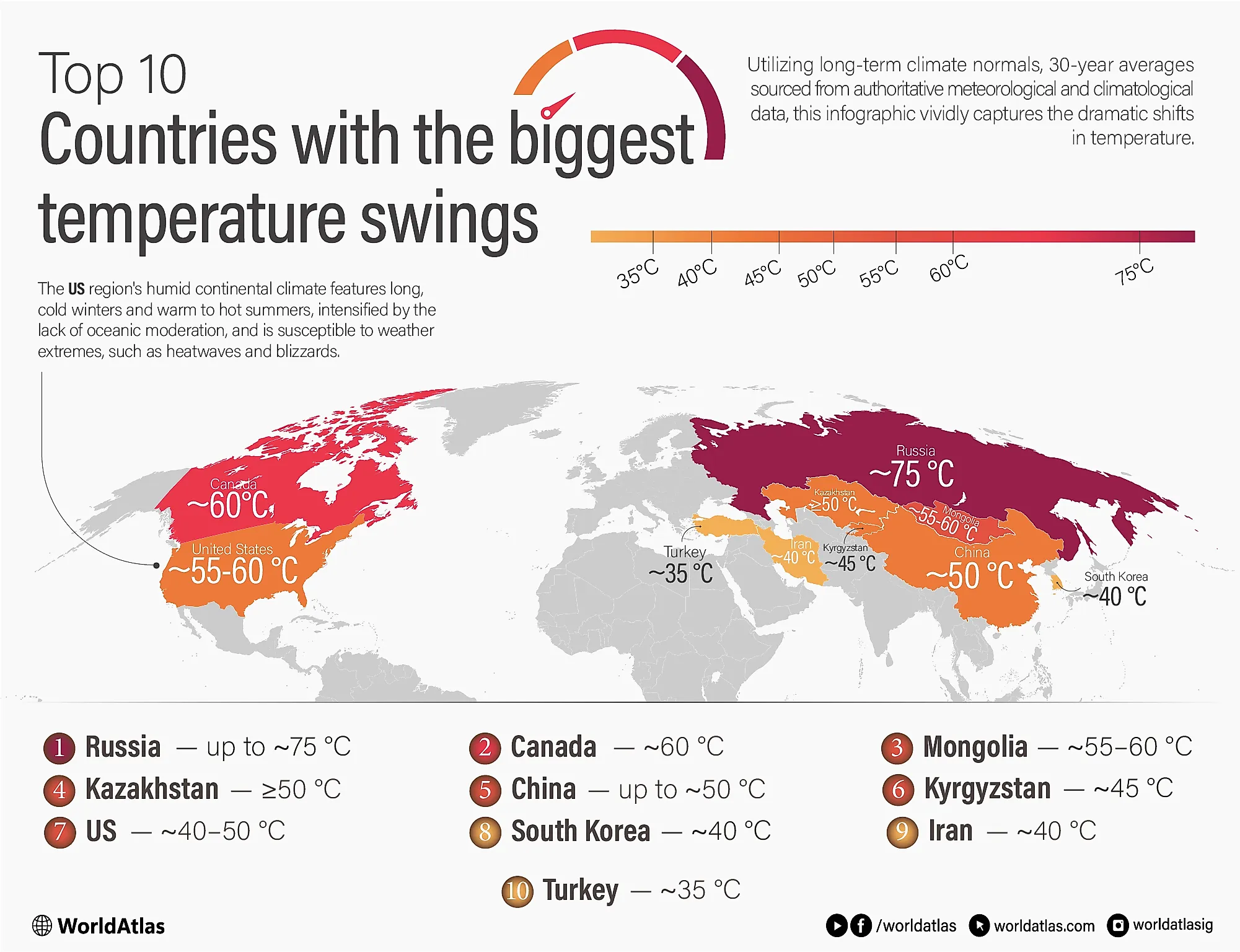
10 Countries With Some Of The Biggest Temperature Swings
These 10 countries have some of the most remarkable annual temperature variations in the world. Utilizing long-term climate normals—30-year averages sourced from authoritative meteorological and climatological data—this analysis vividly captures the dramatic shifts in temperature. We'll also take a closer look at cities selected to serve as emblematic representatives of their respective countries, showcasing the stark contrasts between the biting cold of winter and the sweltering heat of summer. This narrative paints a captivating picture of climatic extremes while uncovering the geographic and atmospheric factors that drive these fascinating variations.
Russia

Russia holds the record for some of the most significant temperature ranges on Earth, shaped by its immense continental expanse that spans both Europe and Asia. Cities like Yakutsk, known as the coldest city on Earth, routinely experience winter lows near -45°C (-49°F) and summer highs approaching +30°C (86°F), resulting in extreme annual temperature swings of up to 75°C (135°F). Norilsk experiences similar extremes, characterized by arctic winters and short, hot summers.
These drastic fluctuations are primarily due to Russia's vast landmass, which provides minimal maritime moderation, positioning it deep within the Siberian High pressure system in winter and allowing intense solar heating during the summer. The continental climate dominates, characterized by considerable seasonal contrasts, which are accentuated by high latitudes and long, severe winters. This creates risks and challenges for infrastructure and daily life, but also fosters unique ecosystems, including those found in permafrost and taiga forests.
Canada

Canada similarly experiences wide temperature swings, especially in its inland cities far from oceanic influences. Winnipeg, Manitoba, is a prime example where winter temperatures average near -20°C to -30°C (-4°F to -22°F), but summer highs often climb above 30°C (86°F), producing annual ranges of around 60 °C. Edmonton and Calgary exhibit comparable continental climate patterns, characterized by frigid winters and warm summers.
Canada's geography, stretching from the Arctic Ocean southward, results in extreme variation due to latitudinal gradients and the influence of cold polar air masses in winter, contrasted with intense summer solar heating. Climate data from Environment and Climate Change Canada confirms these patterns across multiple decades of 30-year normals, demonstrating the hallmark of continental climates: harsh winters and warm to hot summers.
United States

The United States has many cities that exhibit large temperature ranges, which are caused by a combination of its continental location, elevation, and regional climate zones. Denver, Colorado, experiences cold winters with temperatures averaging near freezing or below, and summers with highs often surpassing 30°C (86°F), creating seasonal ranges of nearly 40°C. Salt Lake City and Albuquerque share similar profiles, characterized by dry air and high elevation.
Northern Midwestern cities, such as Minneapolis (population over 400,000), experience harsh winters with temperatures around -20°C (-4°F) and summer highs approaching 30°C (86°F). The region's humid continental climate features long, cold winters and warm to hot summers, intensified by the lack of oceanic moderation, and is susceptible to weather extremes, such as heatwaves and blizzards.
Mongolia

Mongolia's extreme continental climate is centered around Ulaanbaatar, the coldest national capital in the world with a population of roughly 1.4 million. Winters regularly plunge below -30°C (-22°F), while summer highs can reach 25-30°C (77-86°F), meaning temperature swings near 55-60°C annually. The city's high altitude (about 1,300 m) and clear skies exacerbate these contrasts.
Mongolia's location between Siberia and the Gobi Desert subjects it to the Siberian Anticyclone in winter, driving intense cold with frigid, dry air. In summer, intense solar heating warms the air, and the region's low humidity allows significant temperature drops at night. The climate creates a challenging environment for agriculture and pastoralism. Yet, it shapes a resilient culture that is well-adapted to the vast seasonal changes.
Kazakhstan

The landlocked nation of Kazakhstan experiences pronounced continental temperature extremes in its largest cities, Almaty and Nur-Sultan. Winters can dip to -20°C (-4°F) or colder, while summers regularly soar above 30°C (86°F), registering annual ranges of 50°C or more.
Kazakhstan's position deep within the Eurasian landmass, far from moderating oceans, combined with its vast steppe and desert-like terrains, explains these temperature swings. The dry air and elevation in urban centers exacerbate both the cold winter air and the summer heatwaves, as reflected in long-term climate monitoring data.
China
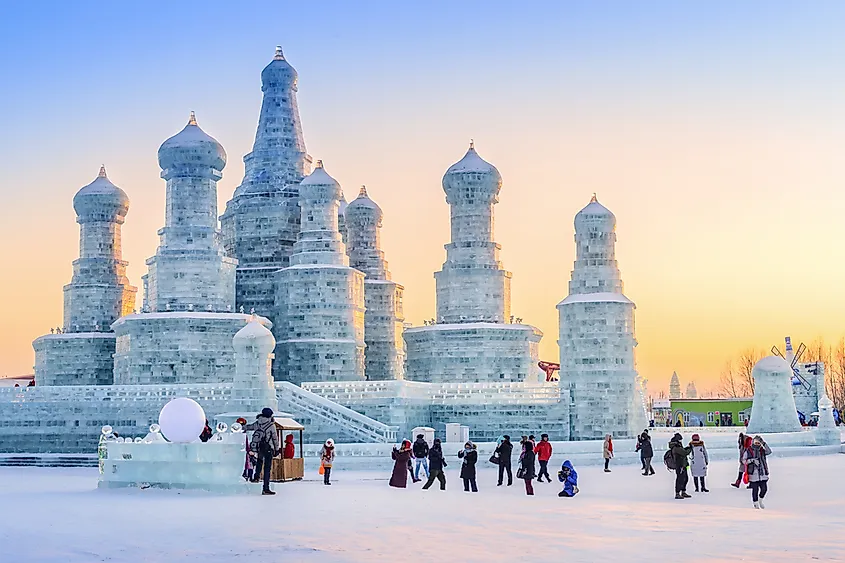
Northern China's continental climate cities, such as Harbin, are characterized by significant seasonal temperature fluctuations. Winters can see temperatures averaging between -20°C and -30°C (-4°F to -22°F), while summers commonly exceed 30°C (86°F), creating annual ranges of up to 50 °C.
Harbin's weather reflects its high latitude and distance from maritime influences, combined with incursions of Siberian air masses in winter. The city, nicknamed "Ice City," is renowned for hosting massive ice festivals, underscoring its harsh winters and hot summers, which necessitate energy-intensive heating and cooling solutions.
South Korea

Seoul, South Korea's capital with nearly 10 million people, experiences significant temperature swings due to its temperate continental monsoon climate. Winters often drop below -10°C (14°F), while summers can reach 30°C (86°F) or more. This near 40°C difference reflects latitudinal position and seasonal monsoon influence.
Seoul's location, situated between continental Asia and the surrounding seas, results in cold, dry winters and hot, humid summers. The city rapidly adapts to these fluctuations through advanced infrastructure and urban planning, designed to handle seasonal extremes efficiently.
Turkey
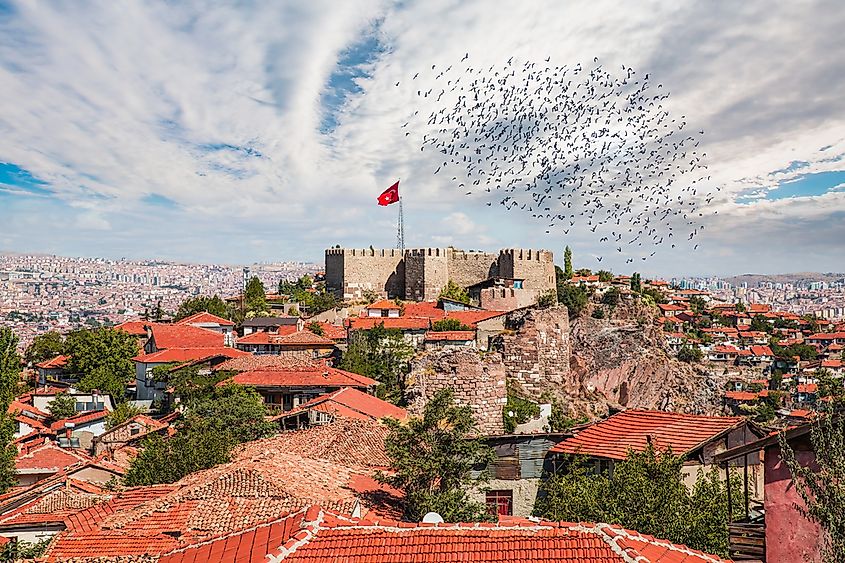
Turkey's position between Europe and Asia creates varied temperature profiles, particularly in major cities such as Ankara and Istanbul. Ankara, situated on a continental plateau, experiences winters with temperatures dipping below freezing and summers exceeding 30°C (86°F), resulting in an annual temperature variation of around 35°C.
Istanbul's coastal position moderates extremes, but it still experiences seasonal contrasts, with winter temperatures often falling around 5°C (41°F) and summers approaching 30°C. Turkey's diverse geography—from Mediterranean coastlines to inland mountains—produces a blend of moderate and extreme temperature ranges across urban areas.
Iran
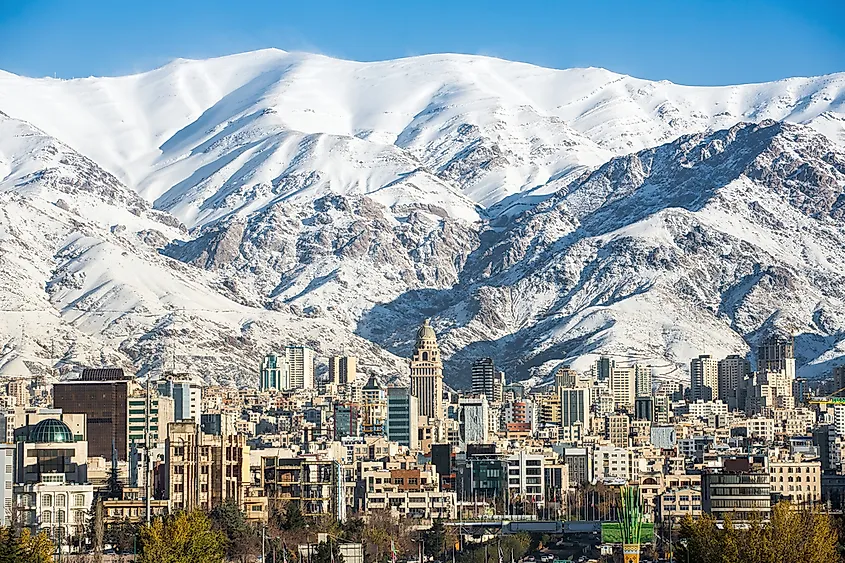
Tehran, Iran's capital with around 9 million residents, sits at an elevation of approximately 1,200 meters. Here, winter temperatures can fall below 0°C (32°F), and summer highs often exceed 35°C (95°F), resulting in annual temperature swings of nearly 40°C.
Iran's continental arid climate, combined with its altitude, results in cold winters and hot summers, particularly pronounced in the urban heat island effects of Tehran. The region also experiences dry conditions, which magnify temperature ranges due to low atmospheric moisture.
Kyrgyzstan
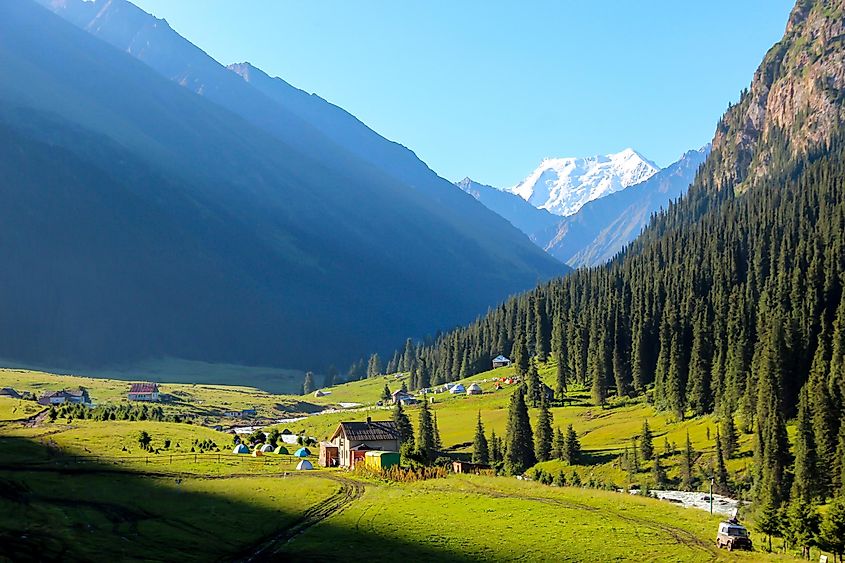
Bishkek, Kyrgyzstan's largest city with about 1 million people, lies surrounded by the towering Tian Shan mountains. Winters can bring temperatures below -15°C (5°F) while summers frequently rise above 30°C (86°F), resulting in an annual temperature range of approximately 45°C.
The combination of elevation and distance from the ocean results in alternating cold, dry winters and warm summers. These swings impact the local population's lifestyle, agriculture, and traditional practices, which have been adapted over centuries to these climatic extremes.
Extreme Temperature Swings Around the World
These ten UN member countries exhibit some of the most significant temperature fluctuations on the planet, ranging from the icy depths of Siberia to the high-altitude steppes of Central Asia and the diverse climates of the Northern Hemisphere. Residents in these countries must adapt to large temperature swings, posing challenges for daily life. Their cities experience extreme temperature fluctuations that shape everything from infrastructure to culture, reminding us of the power of geography and climate combined.











